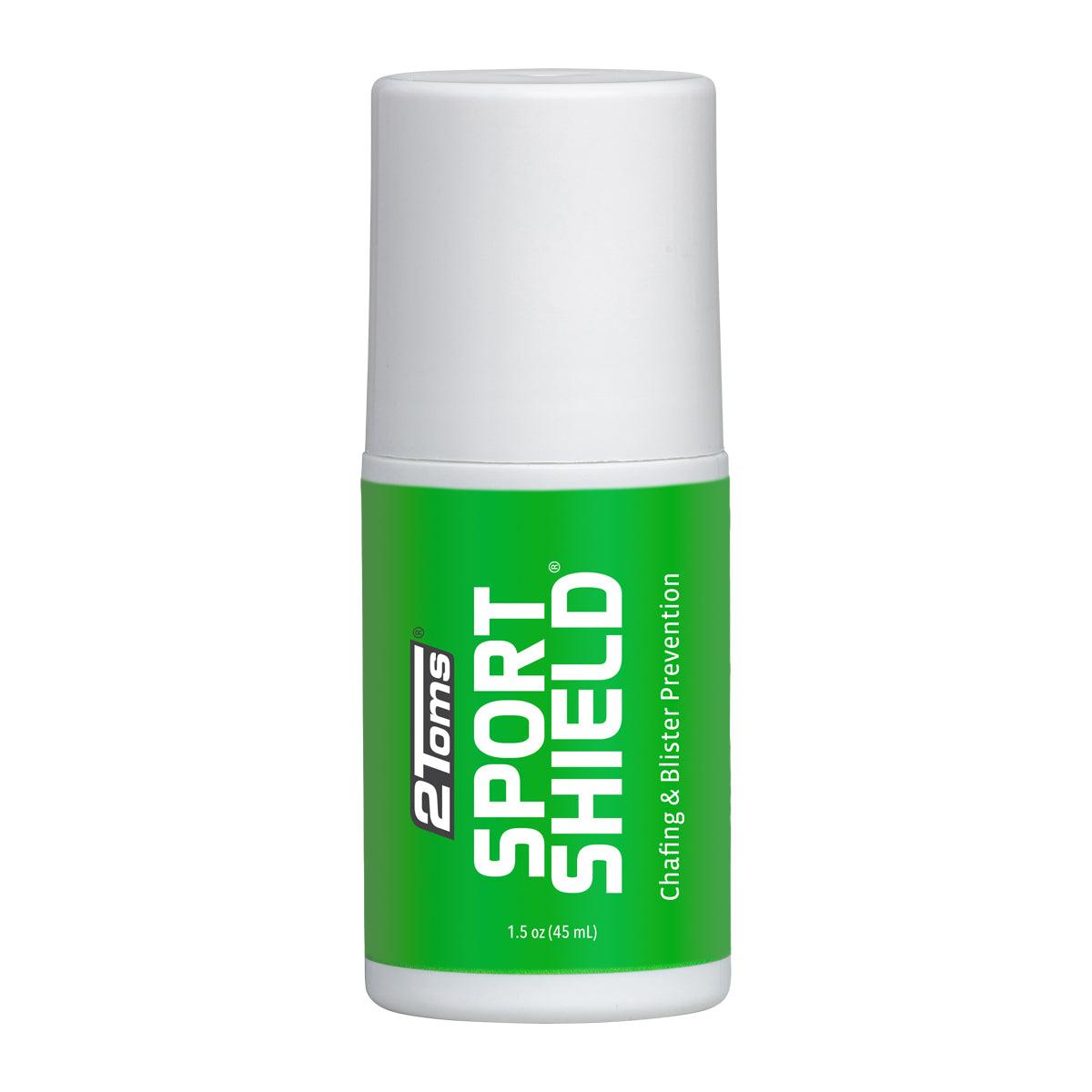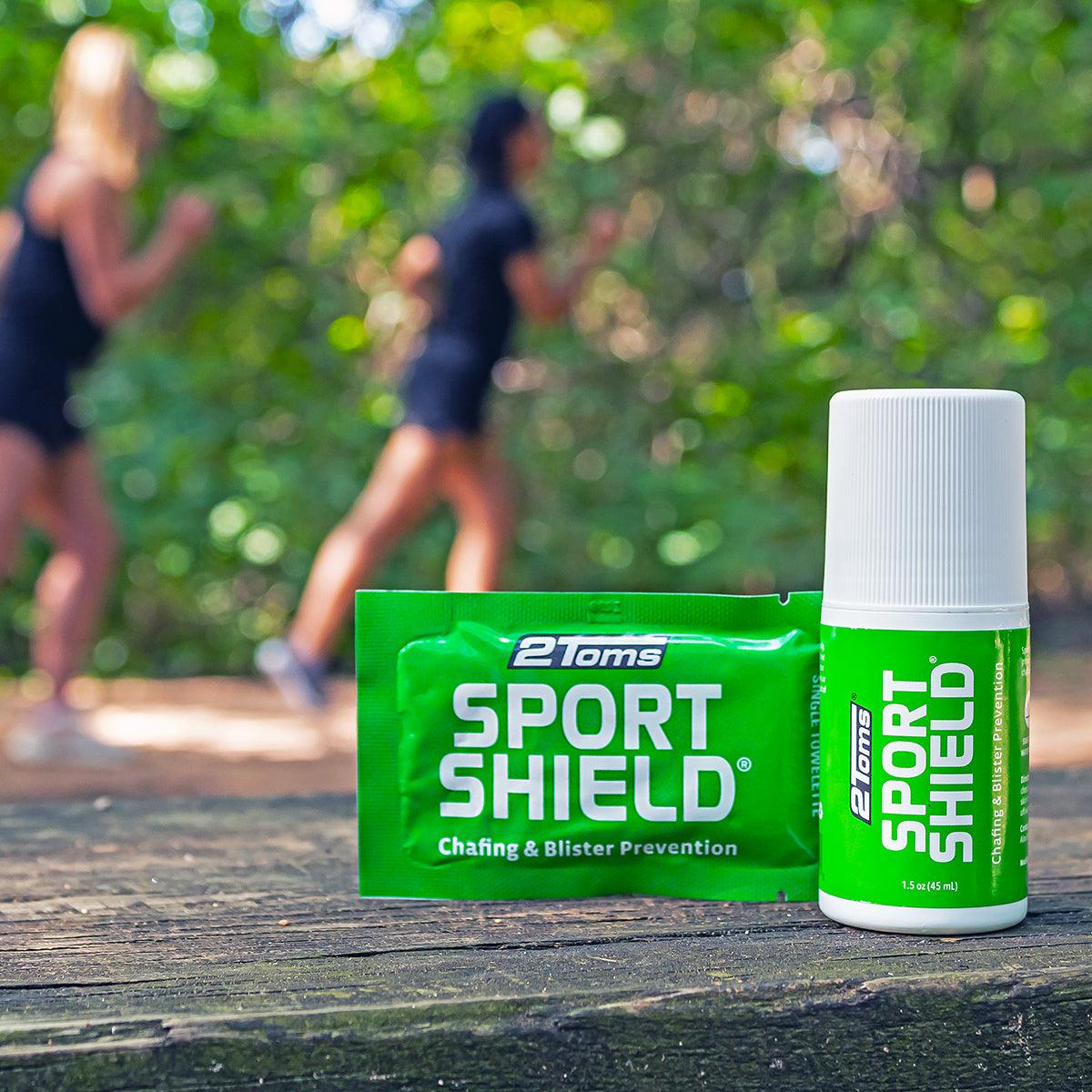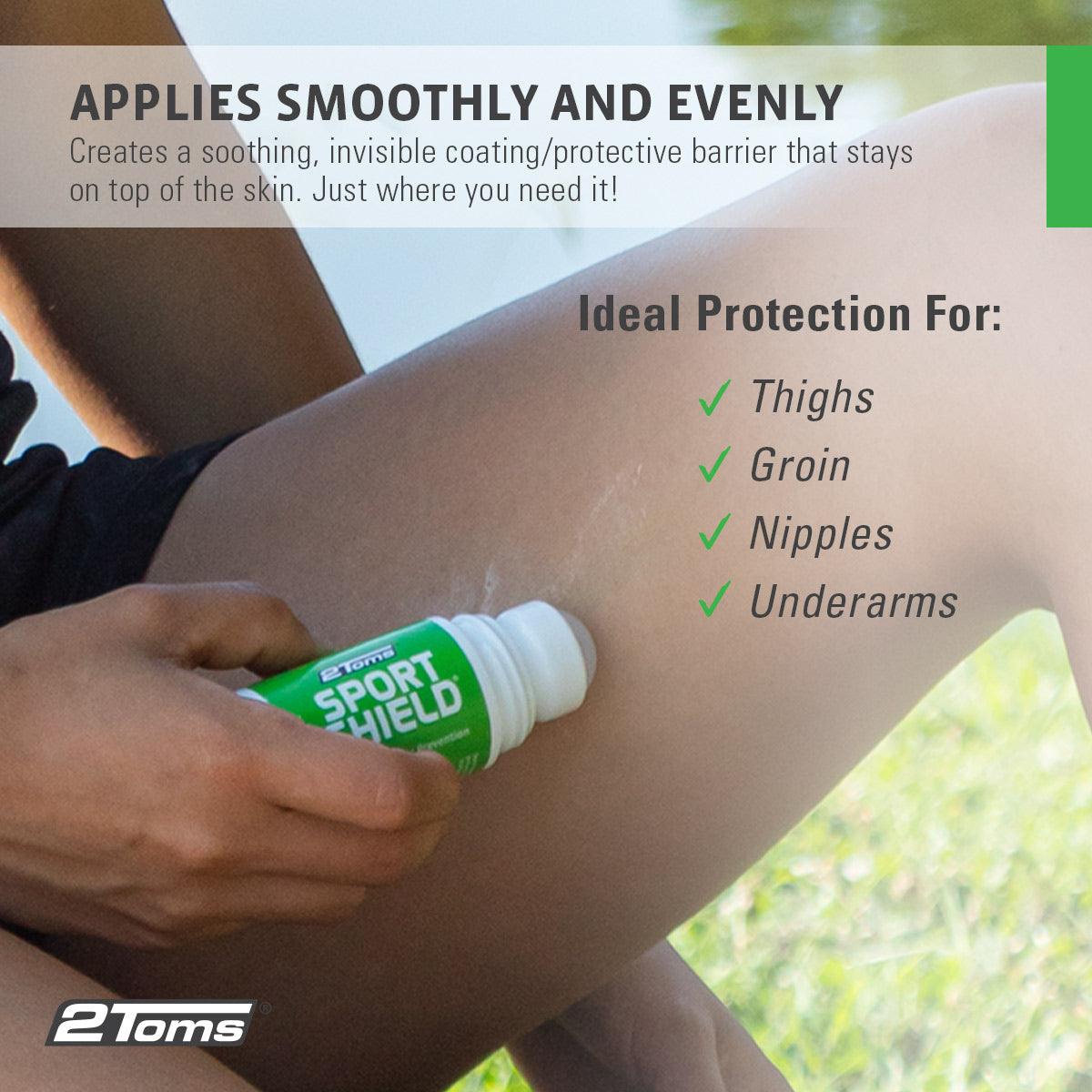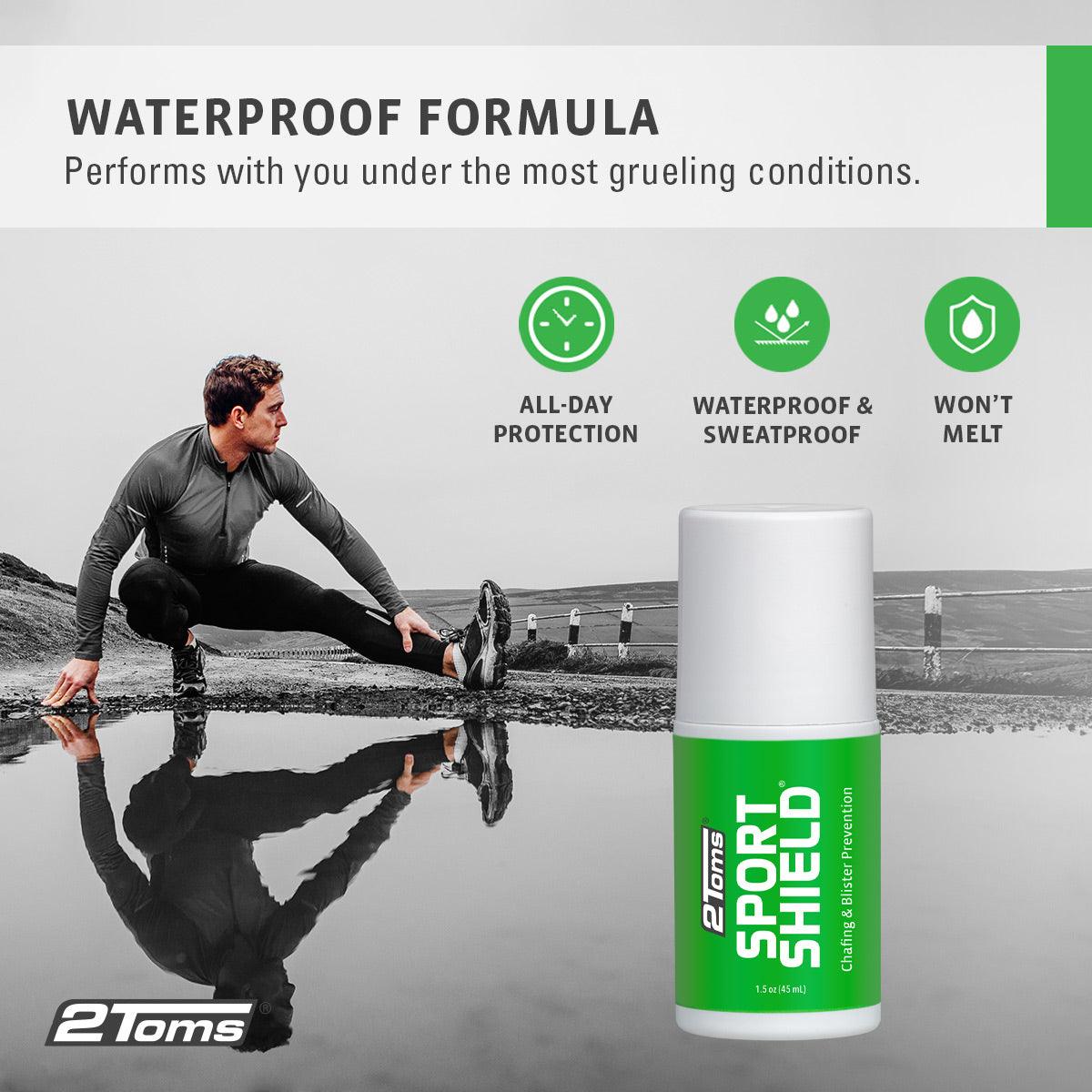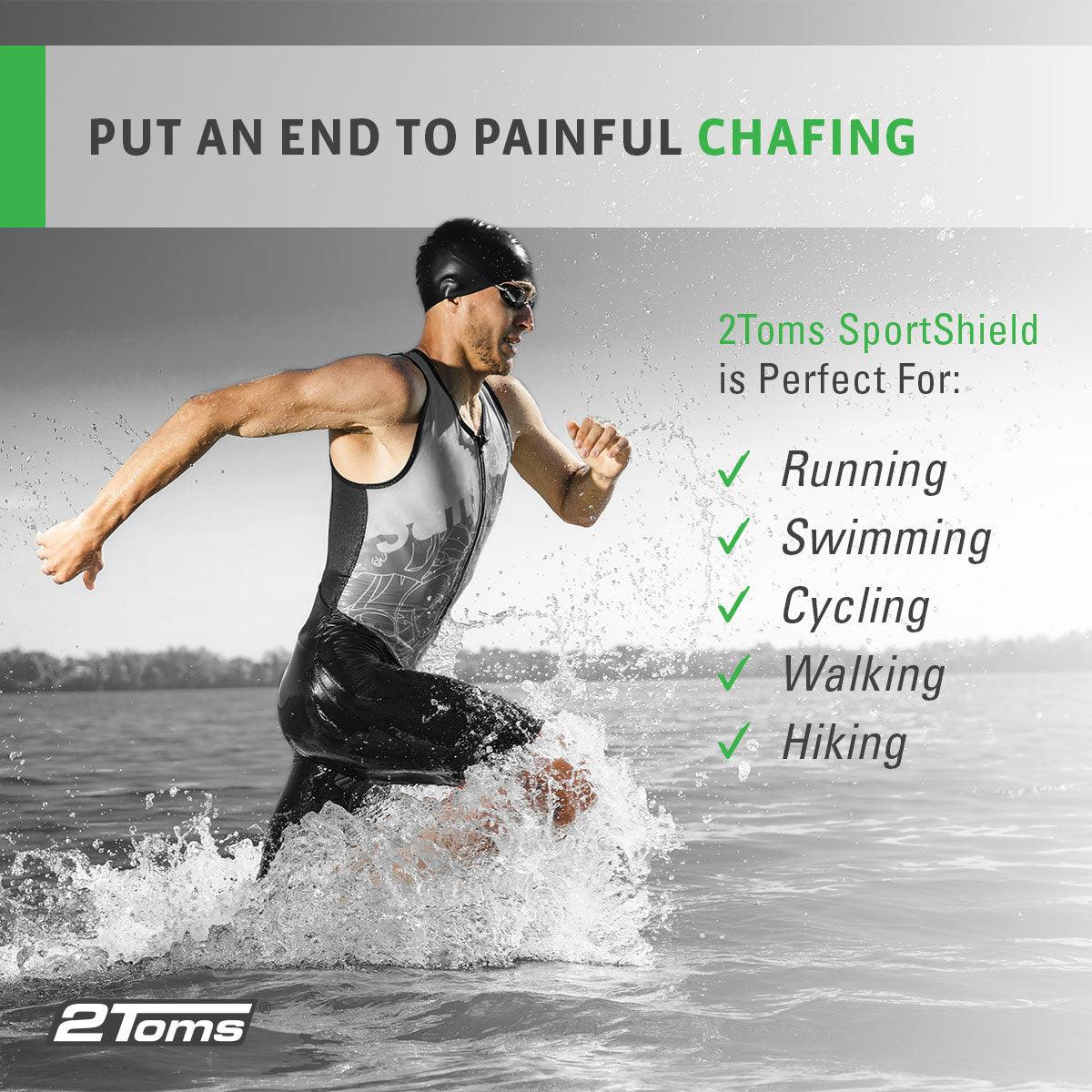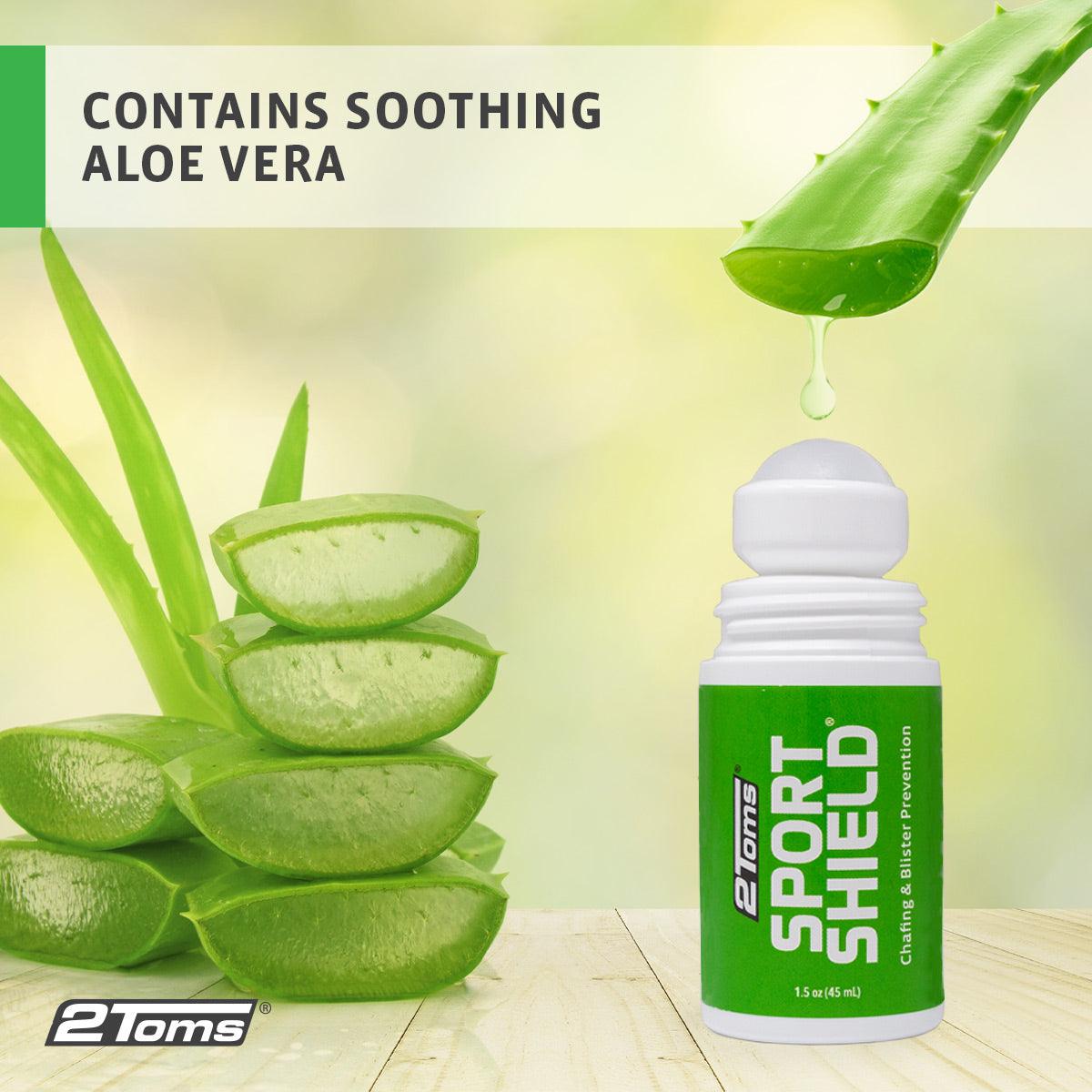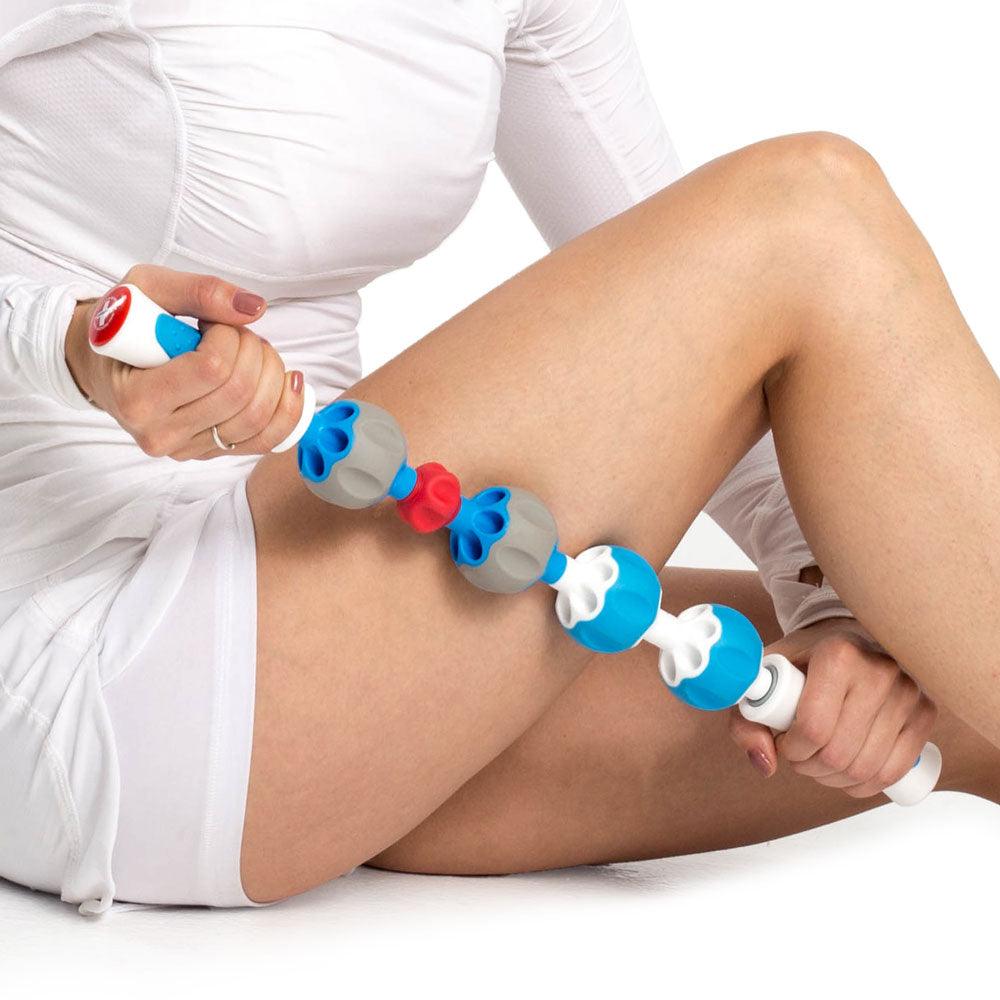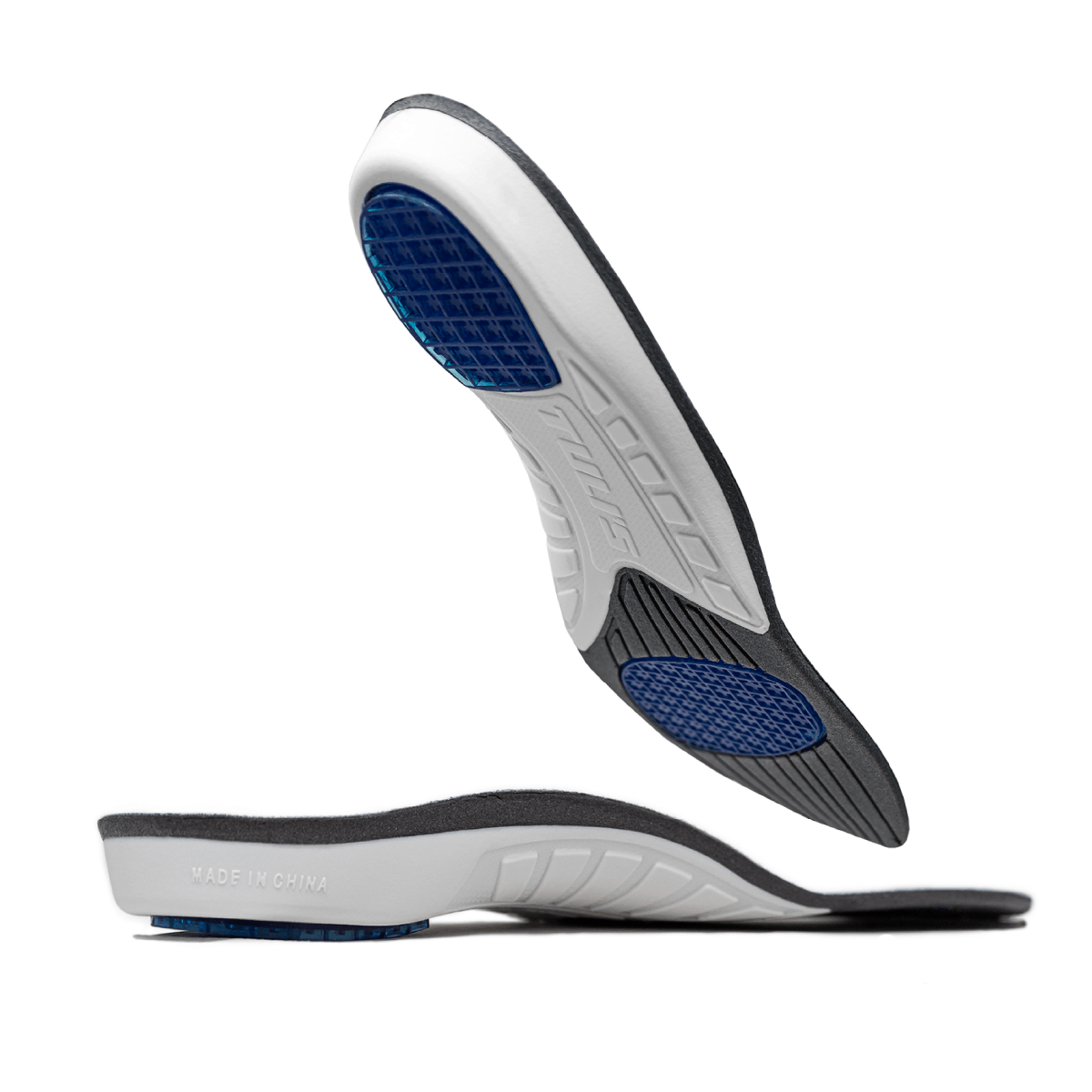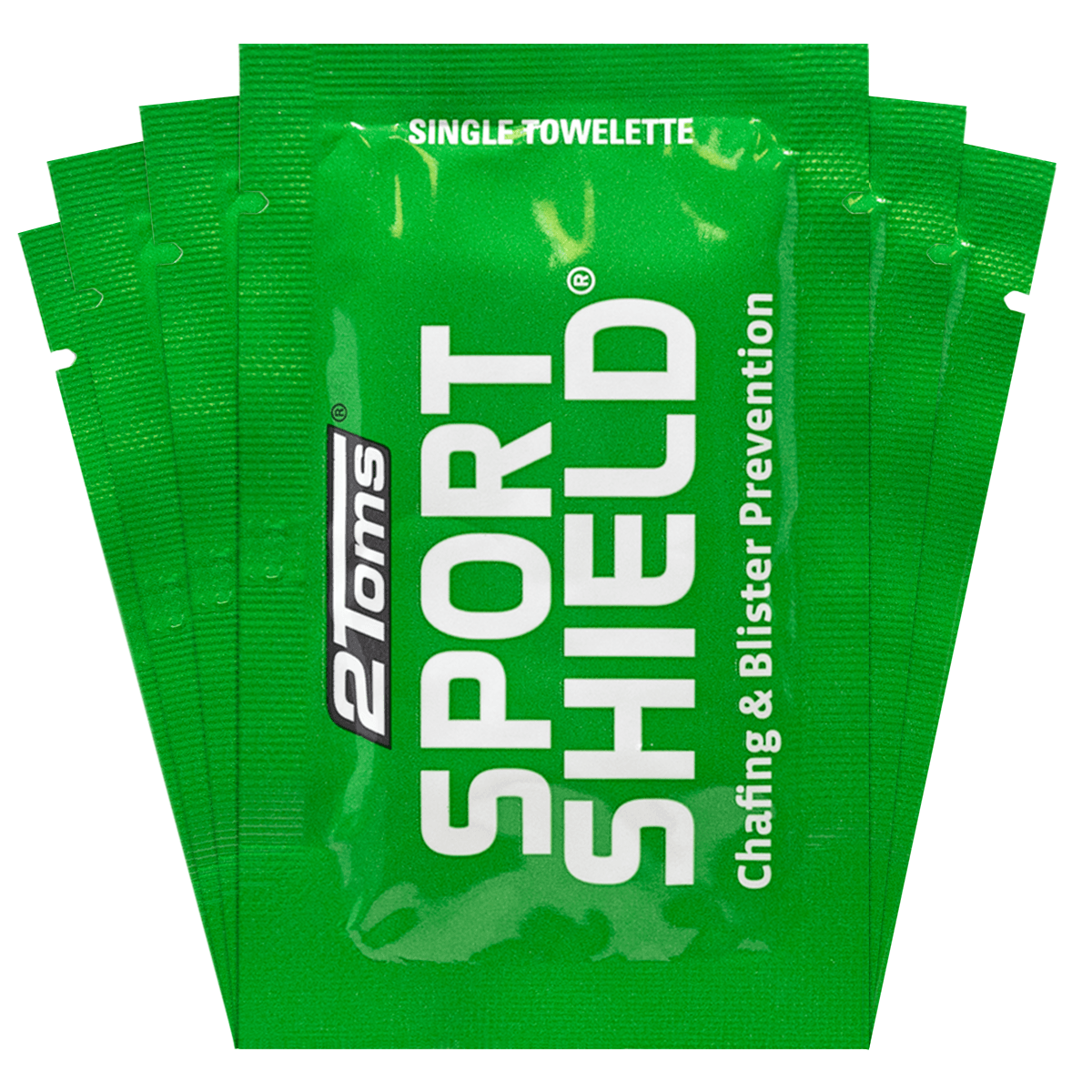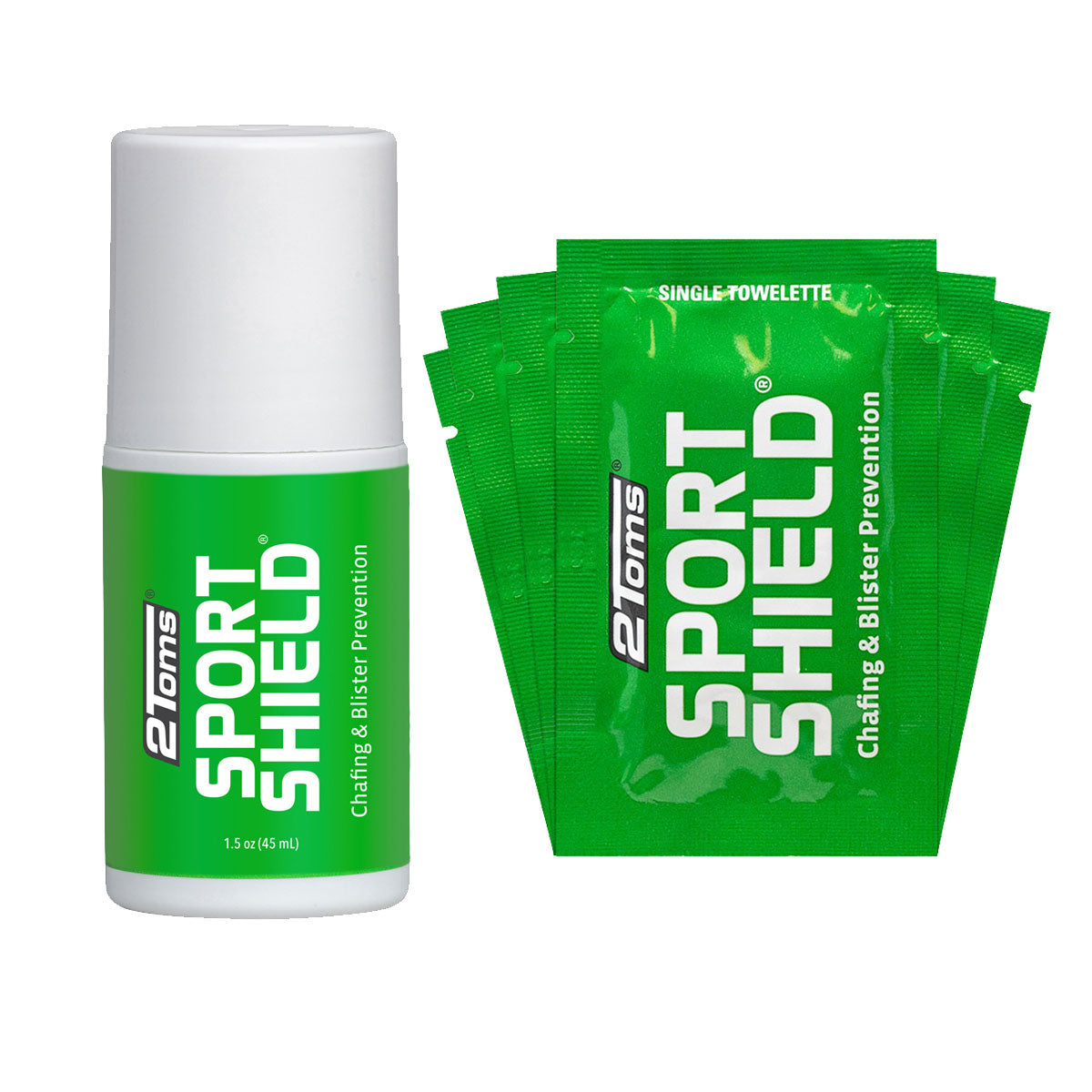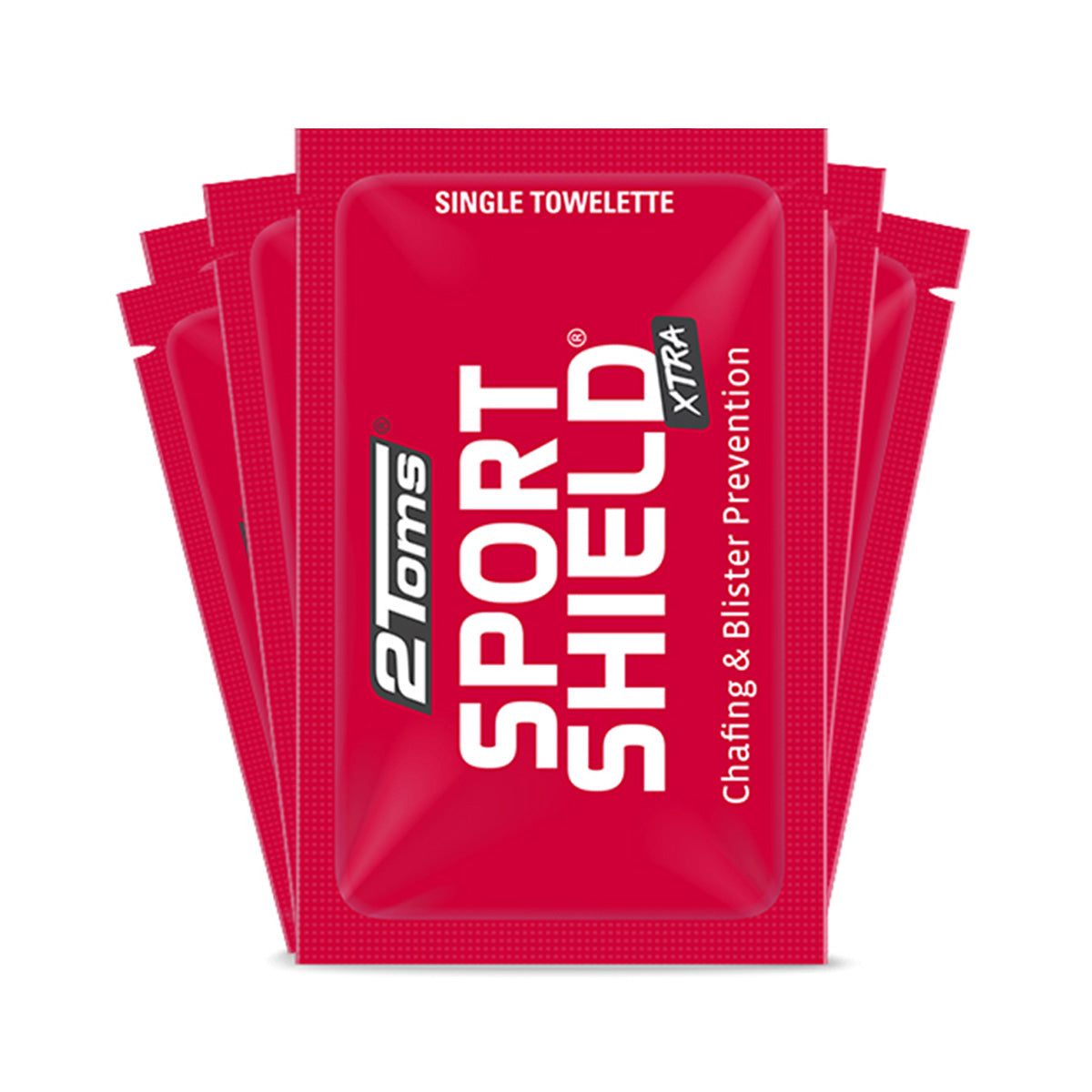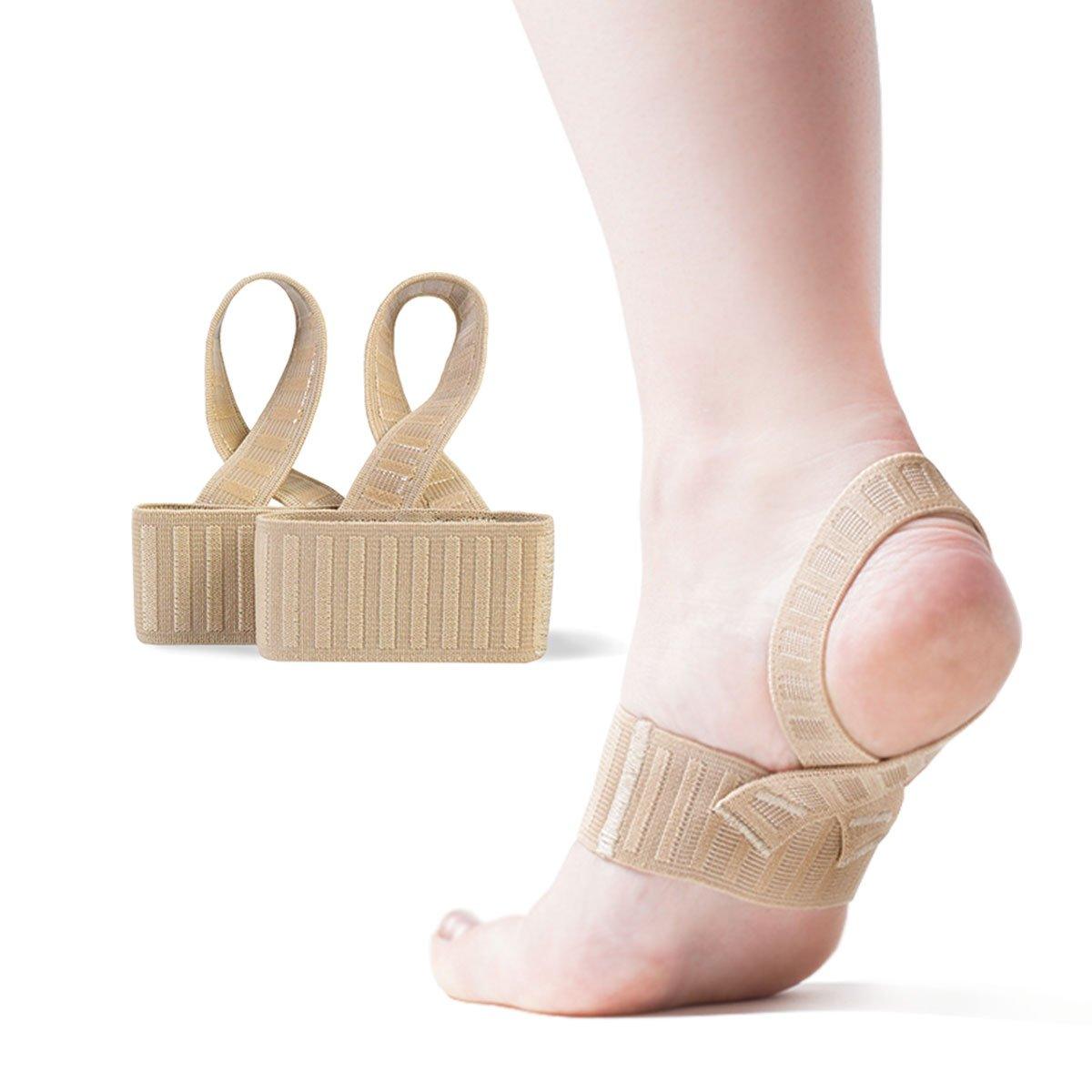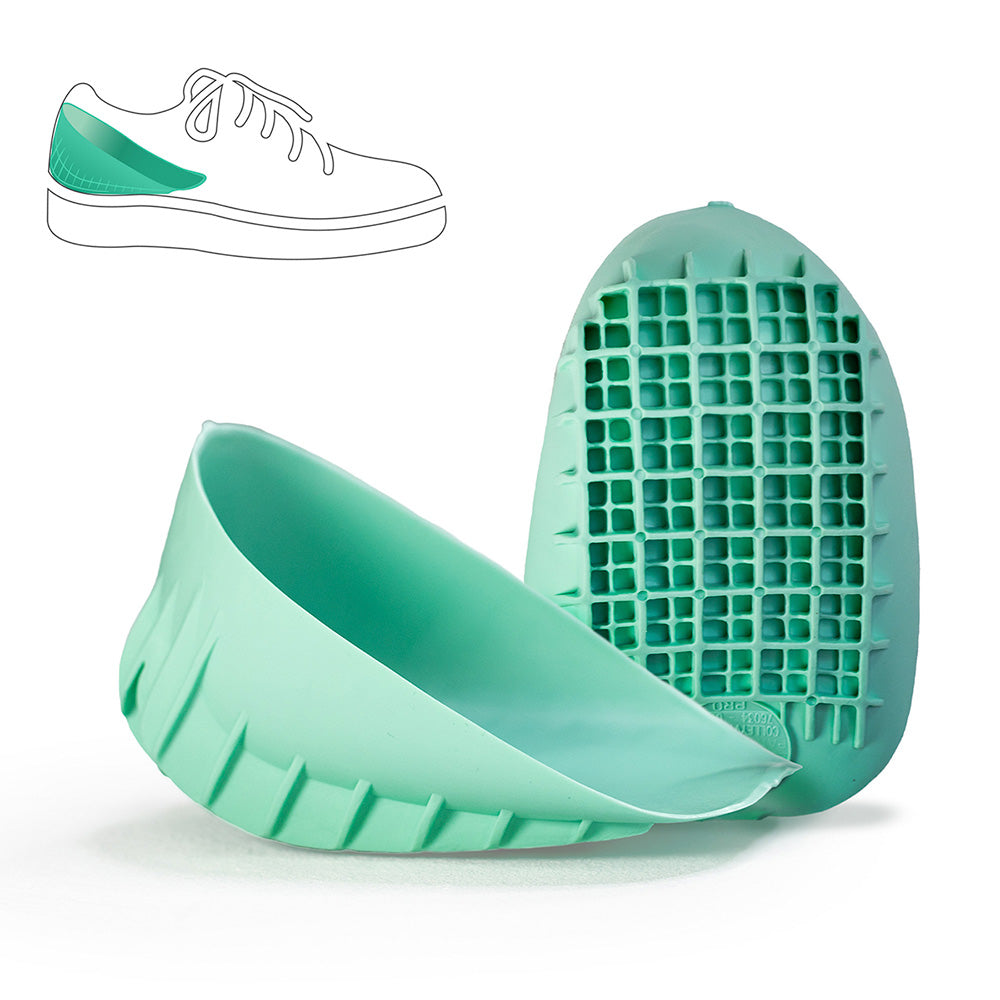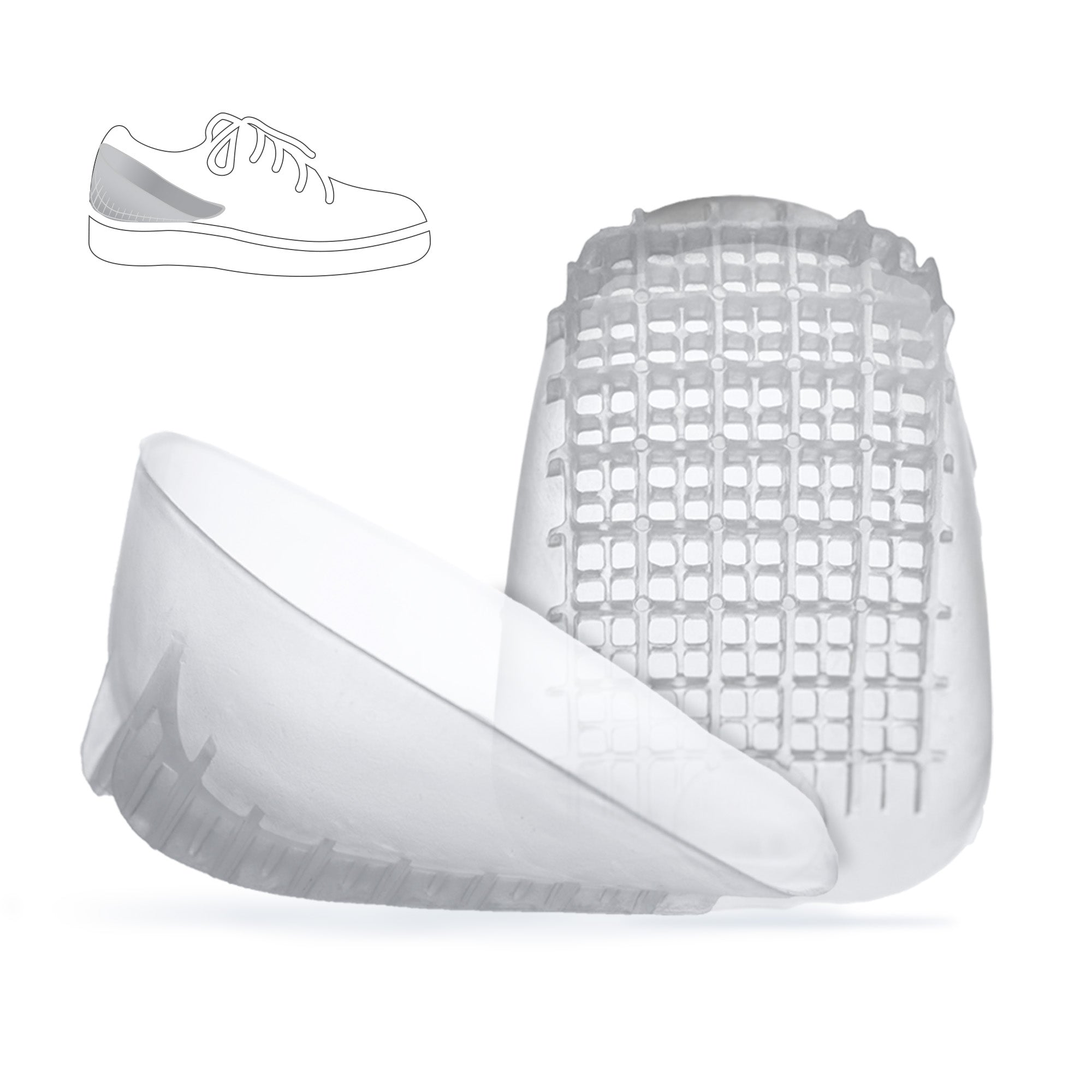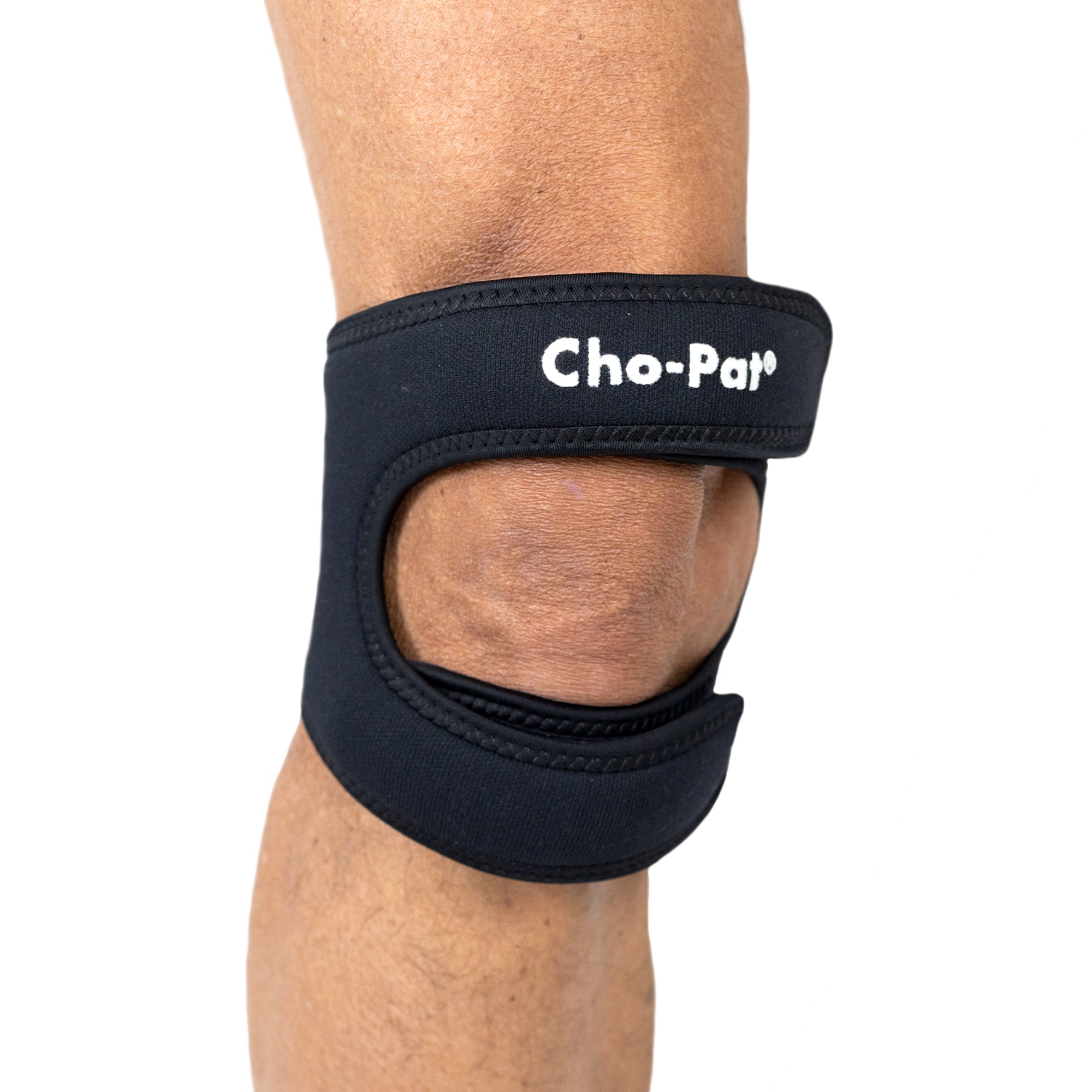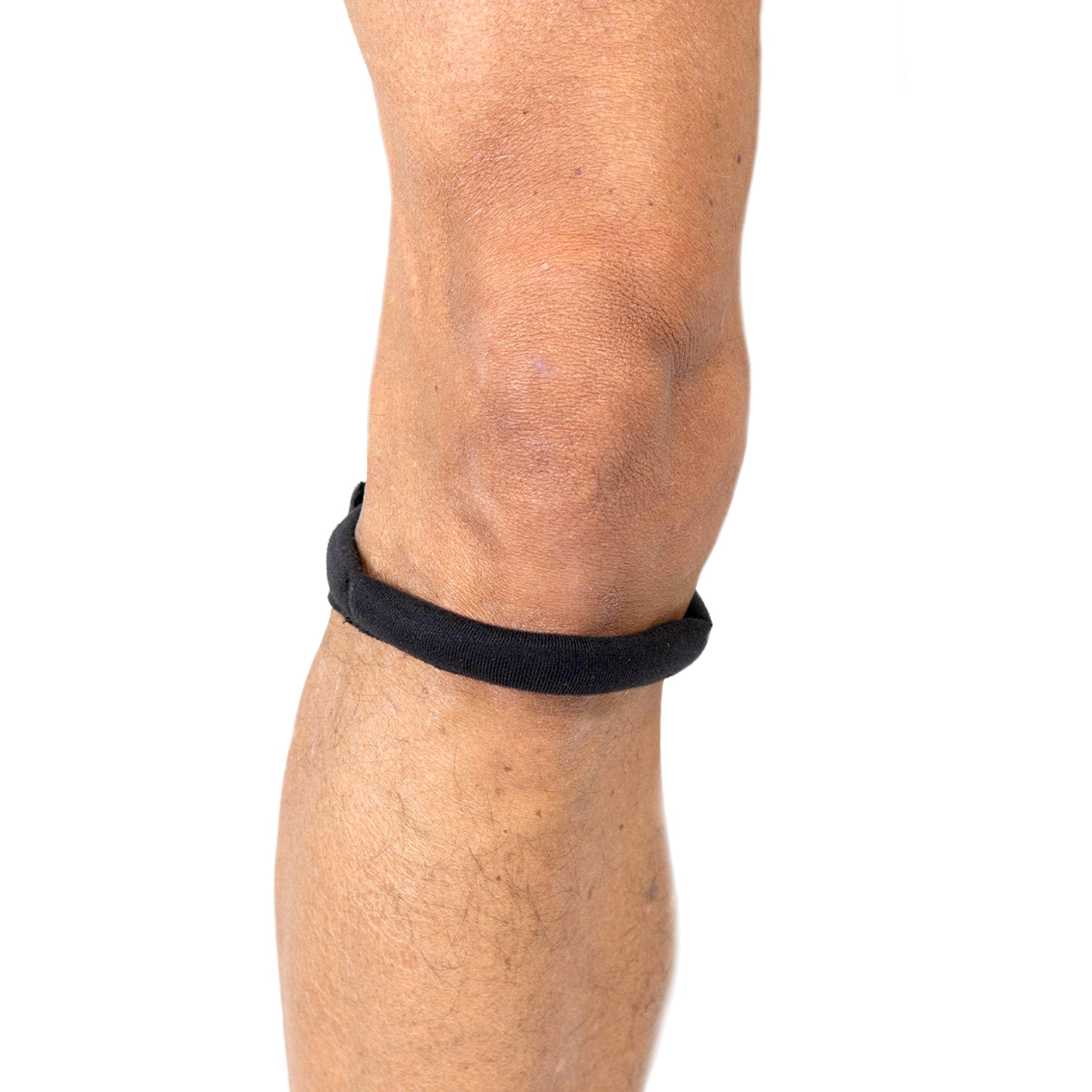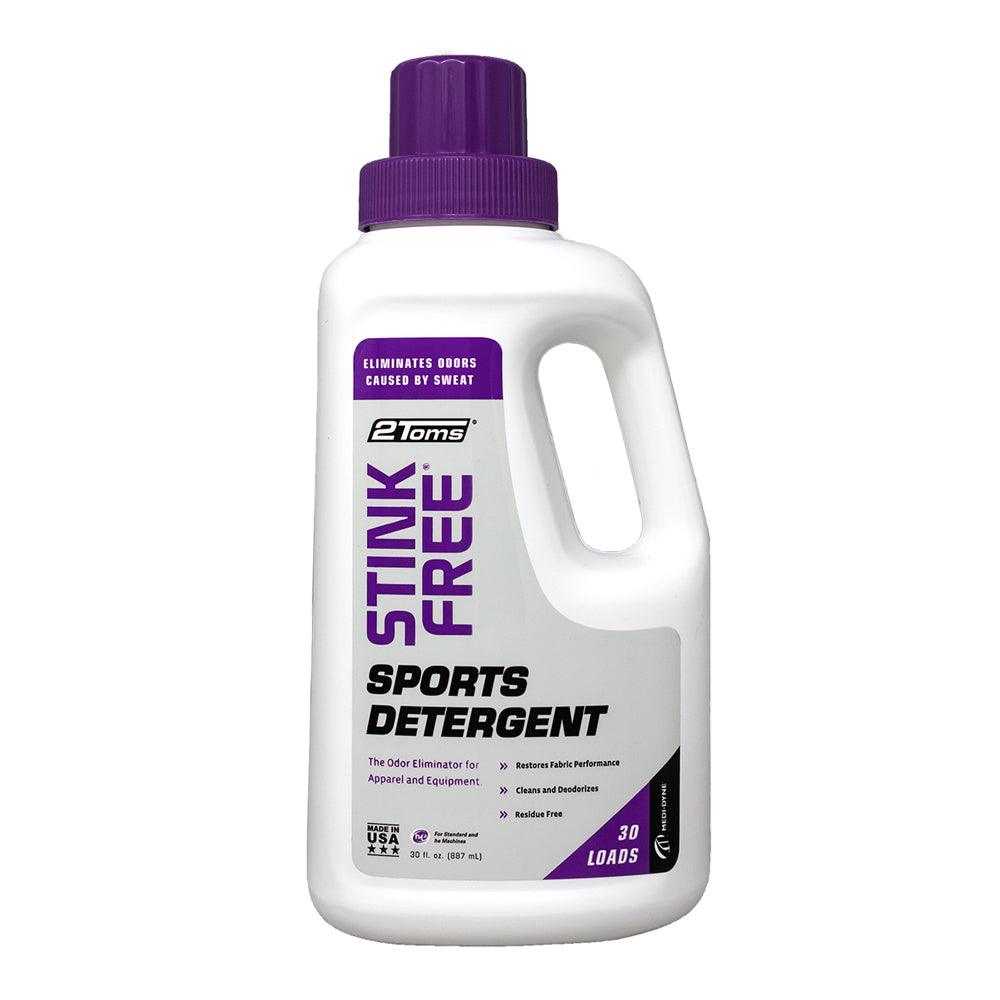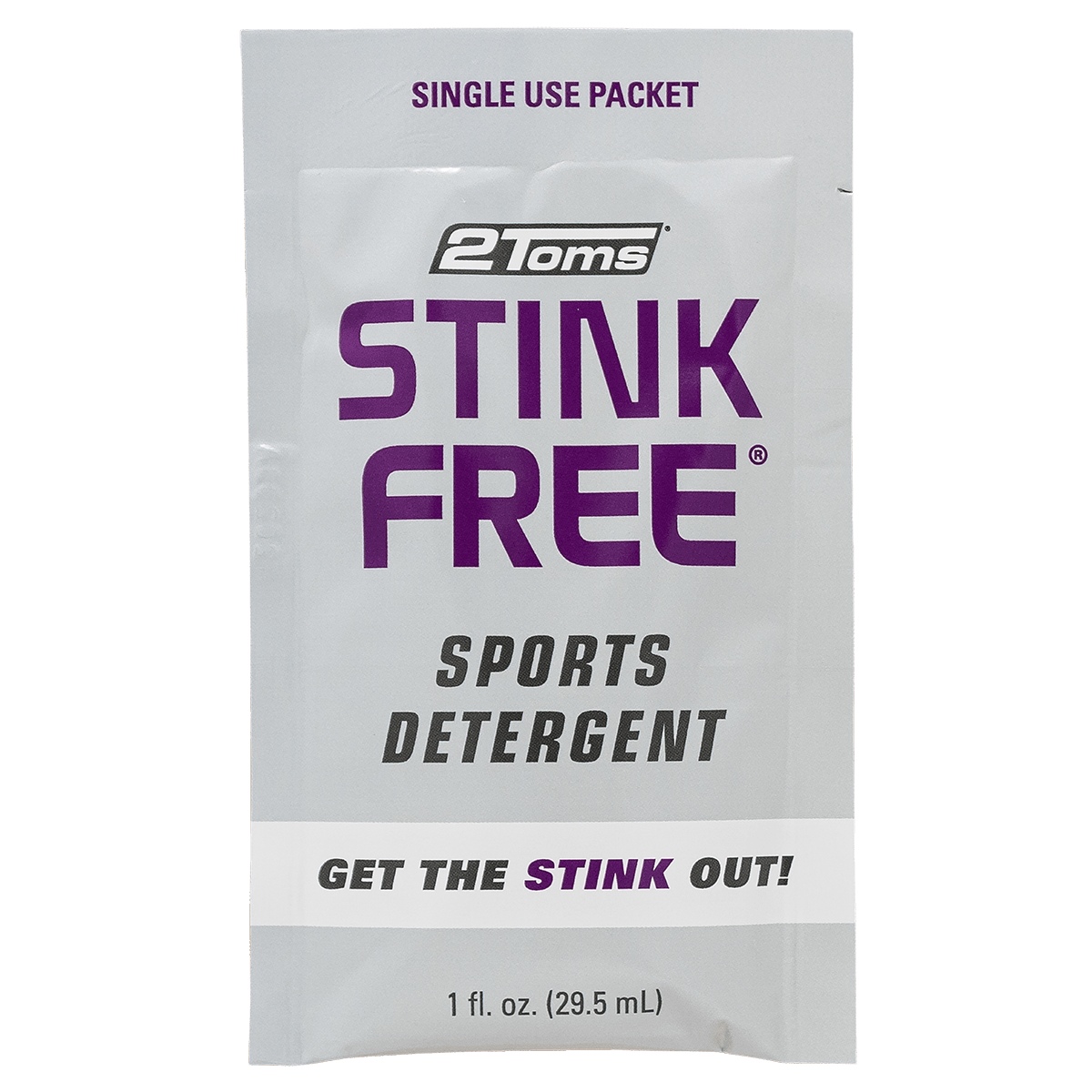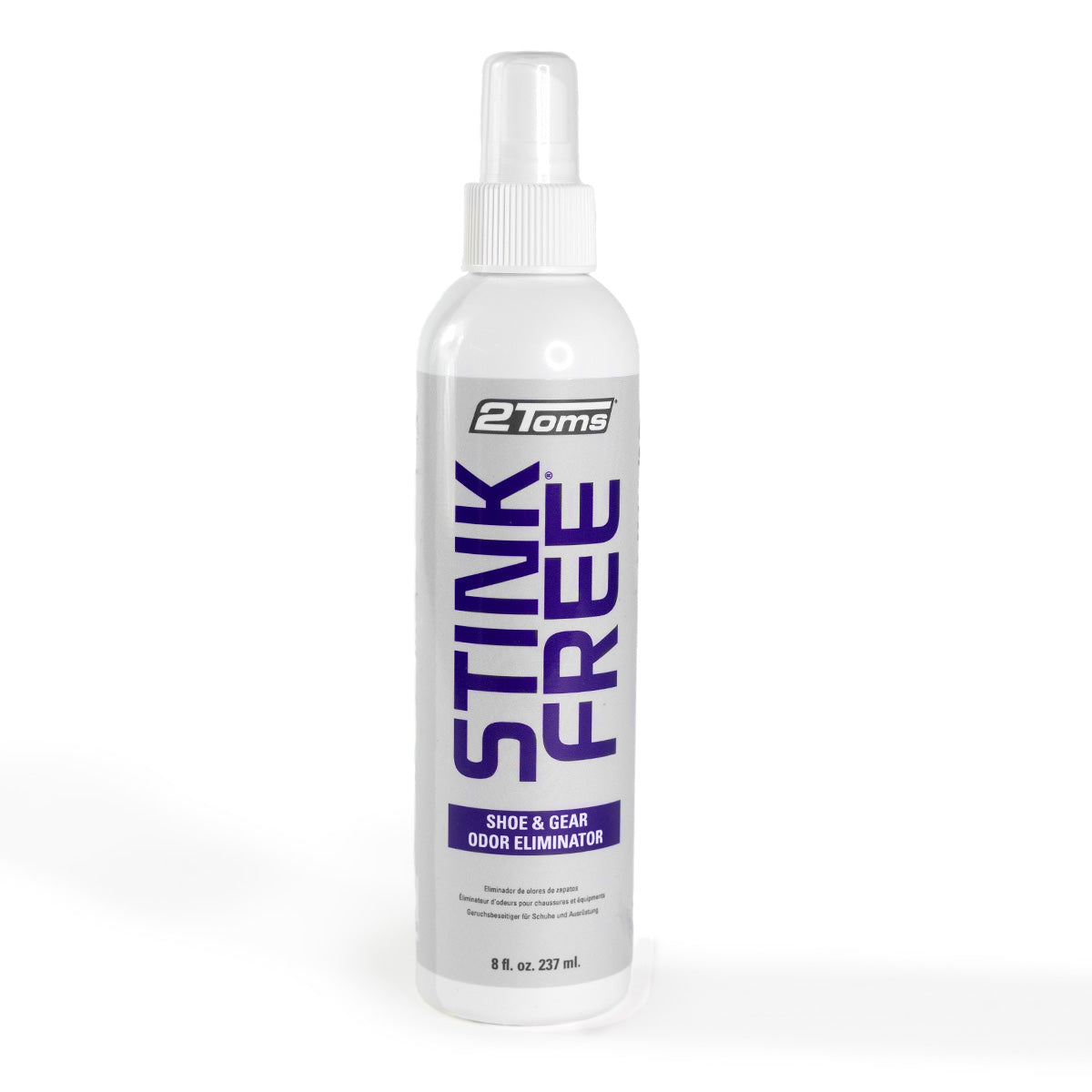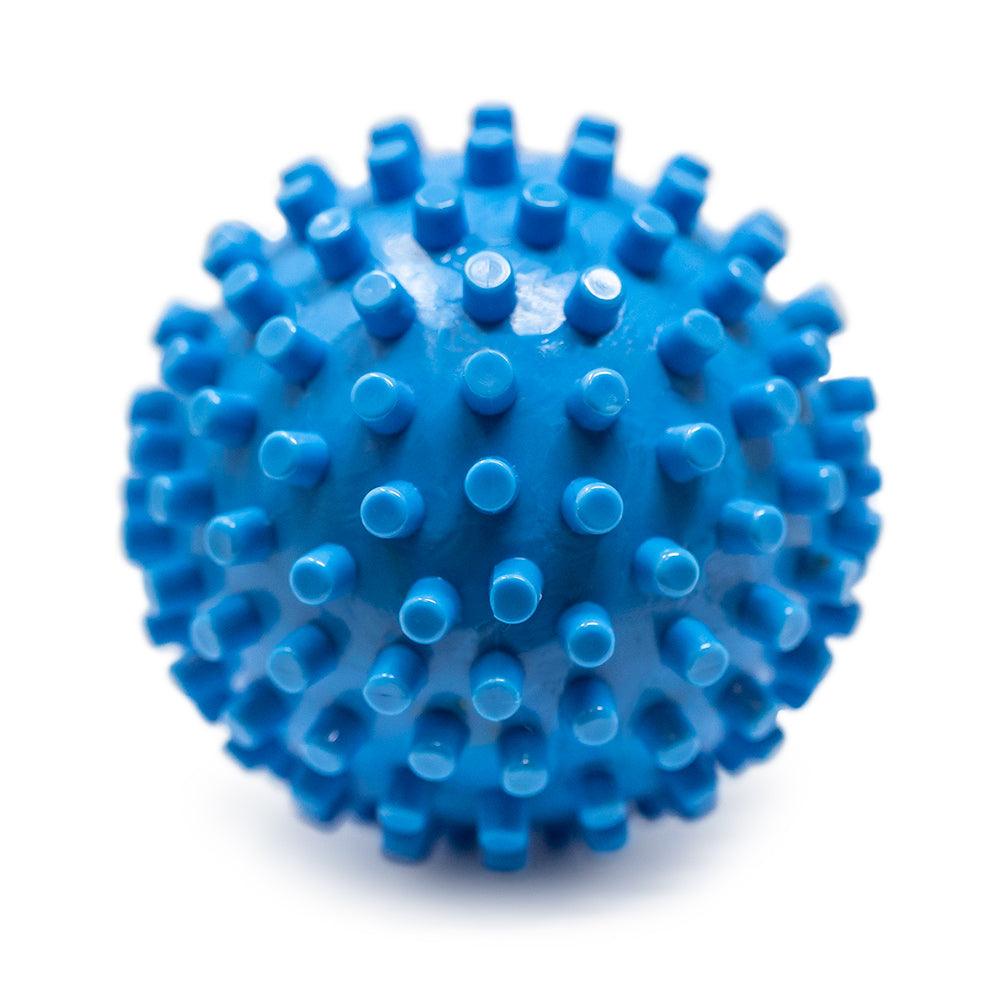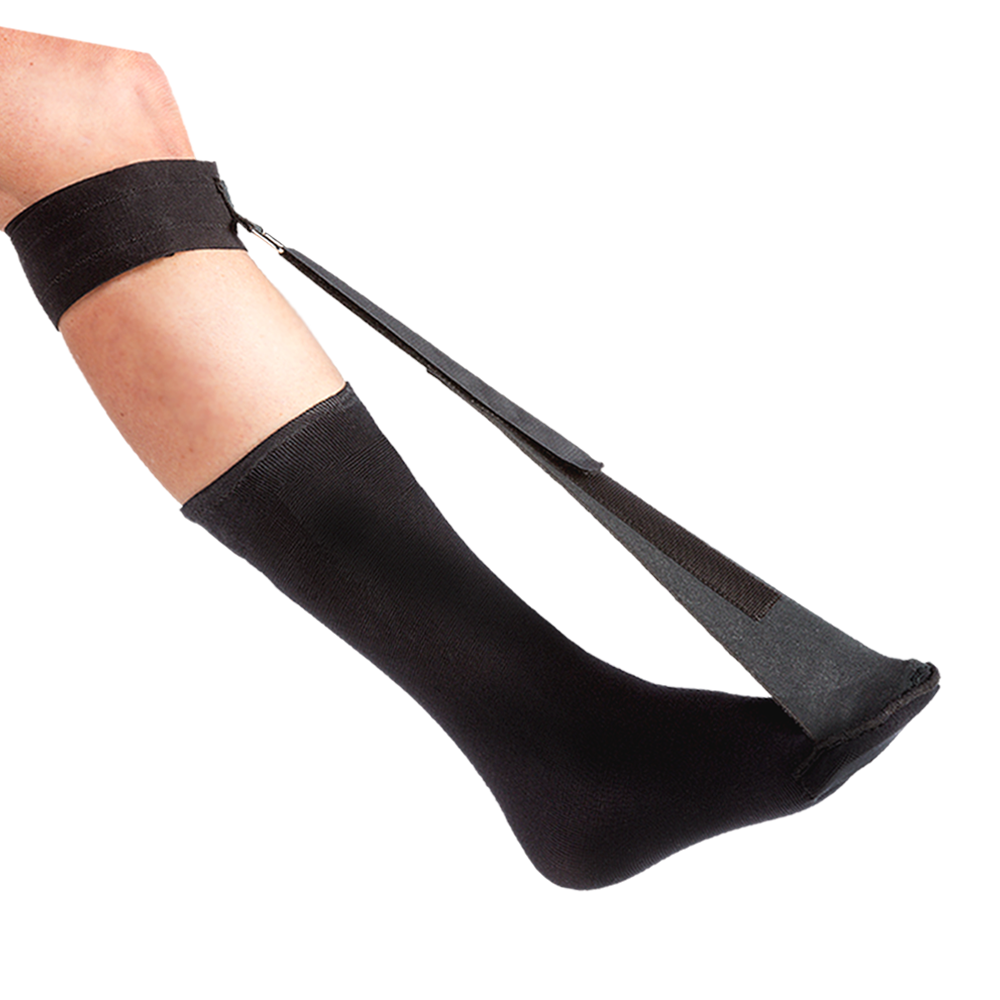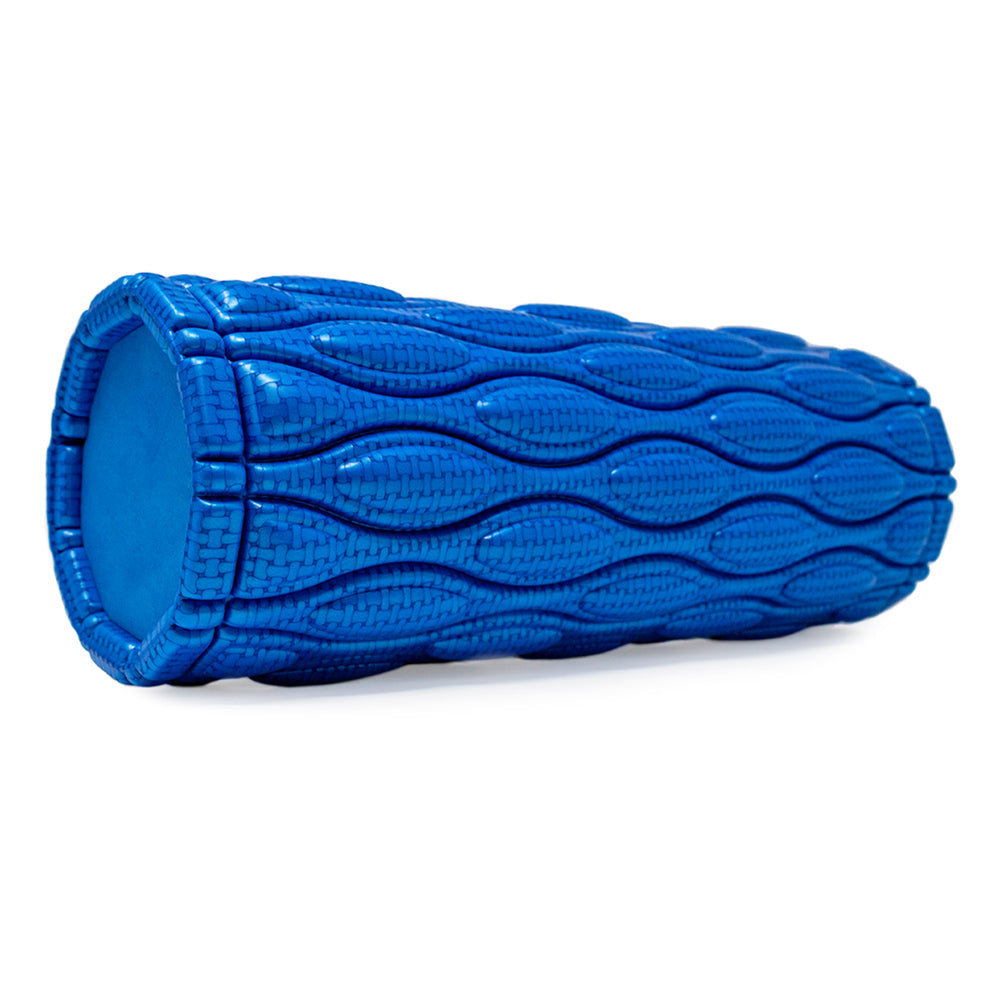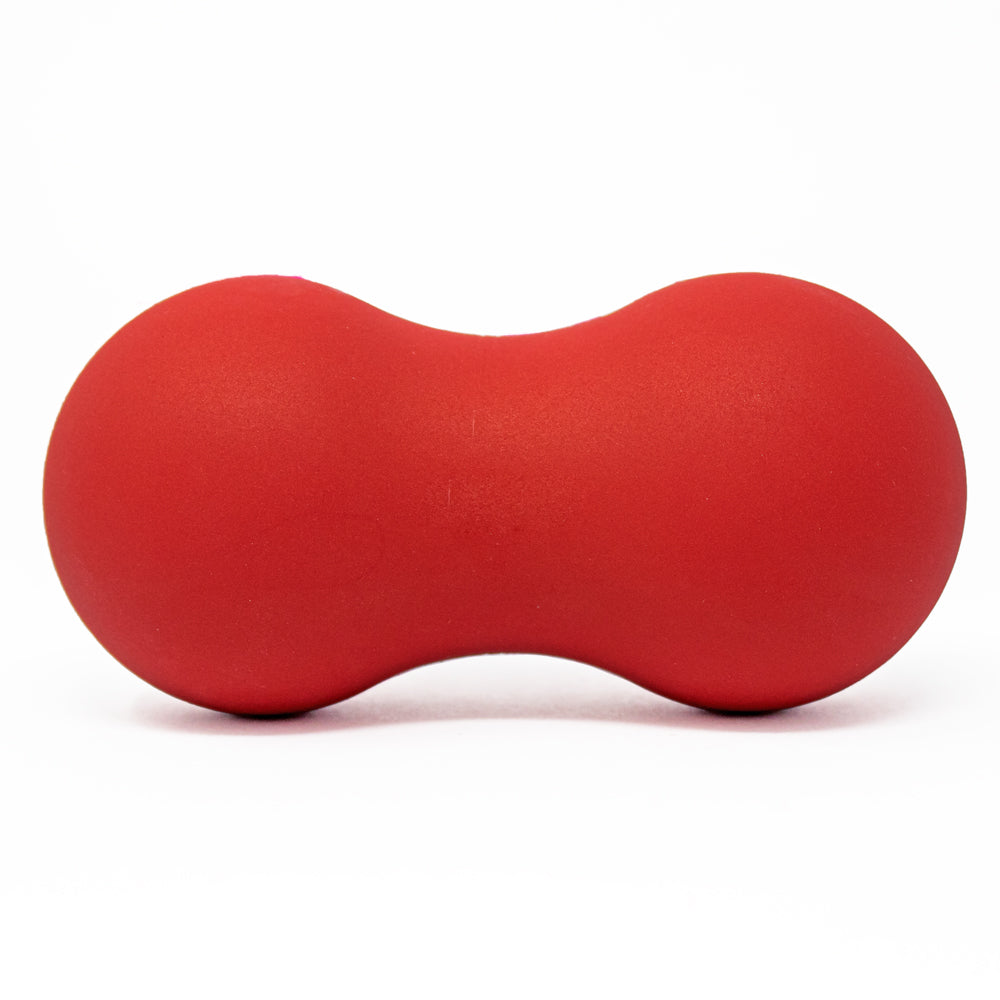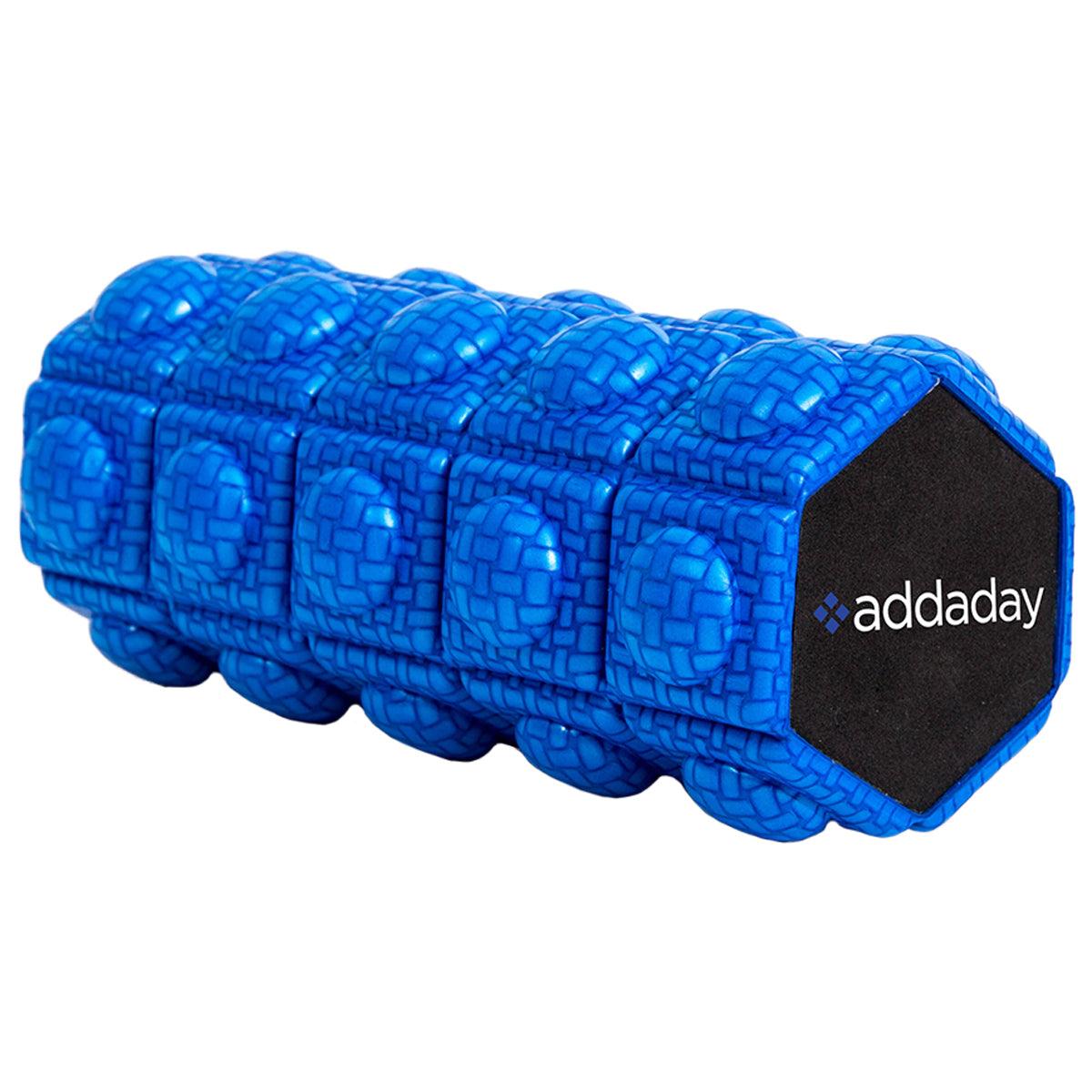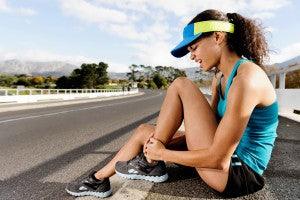Summer Heat: How to Run, Train, and Race!
Ambassador Blogger: Meghan Kennihan
Medi-Dyne Ambassador: Meghan Kennihan
It’s that time again. The hottest part of the summer. Heat is probably one of the worst uncontrollable elements runners face. The effects of heat and humidity on your training and racing not only cause suffering in the moment but also hinder your recovery.
The Problems with HEAT:
Sweat and Fluid Loss:
Running in the heat causes your core body temperature to rise which means you start to feel worse and worse just like when you have a fever. Heat impacts runners at a physiological level through dehydration, increased heart rate, and reduced blood flow/oxygen to the muscles used for running. Your body cools itself and maintains balance through sweat. Sweat has a cooling effect on the body because it removes excess heat through evaporation. However, the rate of evaporation and how well the body is cooled depends on the humidity. When humidity is low, evaporation increases and you will be able to cool yourself better but you will be losing fluid quickly. When humidity is high, evaporation decreases, less cooling occurs and you suffer even more. The fluid loss and dehydration from fluid loss also effects running performance, a loss of 2% of body weight leads to about 4-6% drop in performance.
Heart Rate and Blood Flow:
Another problem is that temperature and humidity increase your heart rate and amplify these effects. At 60-75 degrees your heart rate increases by 2-4 beats per minute. From 75-90 degrees it can increase up to 10 beats per minute and the humidity will make it increase even more. Rate of perceived exertion are much greater as temperature and humidity rise too. Making matters worse is that when you sweat your blood volume decreases which means less blood returns to your heart, less reaches your hard working muscles and you produce less energy. This will cause you to run slower at a given effort level. For every 10 degree increase in air temperature above 55 degrees there is a 1.5-3% increase in average finishing time for a marathon. (i.e. An extra 3-6 minutes for a 3:30 marathon with every 10 degree increase). Another issue is that when the heat needs to be dissipated, a lot of the blood also gets diverted to the skin. Again, the oxygen is redirected via blood flow to your skin instead of your muscles, thus you have less energy for running and your heart and lungs have to work harder to make up for the loss. Higher heart rate at a set pace and higher perceived exertion are the result.
Slow Recovery:
Heat and humidity effect your recovery too! After you exercise in hot conditions, your body needs to spend more energy on cooling itself rather than delivering nutrients to your muscles who need the repair. The muscles have been damaged by the workout but can’t get the nutrients they need to repair and recovery is slower. Slower recovery can mean that you might not be ready for your next hard workout or race.
Enough of the BAD NEWS! Let’s figure out what to do about it!
Train in the Heat:
Training alone provides a bit of an adaption because a side effect of running is an increase in total plasma volume and blood which plays an important role in the cooling process, so the fittest athletes typically have the highest plasma volume and can therefore adapt more easily to heat. Running in hot conditions can result in making it easier to maintain a faster pace, reduce rate of perceived exertion, higher blood plasma volume, increased sweat rate, decrease in salt in sweat, reduced heart rate at a given pace and temperature, and a quicker onset of sweating. How about that for some great changes just from training? And bonus! it only about 2 weeks of heat exposure. Still, heat acclimatization can only take you so far…
Adjust Your Pace Expectations:
It is smart to adjust expectations when running in the heat… learn to adjust the level of effort or intensity based on what your body is signaling to you. It’s important that you find ways to adjust your workout times and race paces to reflect how you’ll perform in hot conditions. There are plenty of “temperature” calculators for running where you enter your race times and the temperature and they will adjust your expectations for you. Thank you technology!
Hydrate Properly:
Staying hydrated is essential to your run performance and training. Dehydration in athletes leads to fatigue, headaches, decreased coordination, and muscle cramping. In extreme cases heat exhaustion and heatstroke, can occur. Runners need to pay attention to what and how much they’re drinking before, during and after exercise especially in the hot summer months.
Before Your Runs:
If you are training or racing for an hour or more it’s important to make sure you are well hydrated for a few days before. How do you know you are well-hydrated? You should eliminate pale urine at least six times a day. In days leading up to your long run, race, or hard training day make sure you drink plenty of water and nonalcoholic beverages. Alcohol Before your run drink about 16 ounces of water or electrolyte drink like Nuun or coconut water.
During Your Runs:
Drinking on the Run is EASY just drink to thirst. Scientific evidence says that drinking when you’re thirsty can help prevent underhydrating or overhydrating.
Research has shown that sports drinks enhance performance significantly more than plain water in high-intensity and long-duration runs and races.
Some good sports drinks are Nuun, Osmo, Skratch Labs, and Hammer Nutrition.
Your Unique Sweat Rate:
Everyone’s fluid needs are different. The above guidelines are general but some sweat more than others. If you want to get scientific about your hydration needs. You can determine your sweat rate by weighing yourself naked before one of your training runs, and then again after. One pound of weight loss equals 1 pint of water loss. Calculate your sweat rate and use this to determine your fluid needs during a run or race. For example, if you lose 3 pounds during an hour run, that’s 3 pints or 48 ounces. So having about 8 ounces of water every 20 minutes would be helpful to your performance. Weather conditions will also affect your sweat rate and hydration needs so doing this test in different temperatures will provide you with even more accurate results.
After Your Run:
Drink 20 to 24 fl oz. of water for every pound lost after your run. If your urine is dark yellow, you need to keep rehydrating. It should be a light lemonade color.
Dress the Part:
Dress appropriately for the weather. Your running clothes including your socks should be light in color and made of a wicking technical fiber. Technical fabrics pull moisture away from your body, keeping you cooler. Try to avoid 100% cotton, these fabrics absorb sweat and do not dry quickly which weighs down the clothing and can cause chafing. Make sure you apply 2Toms to all possible chafing areas like toes, heels, nipples, between the legs to ensure a comfortable run.
Pre-Cooling:
Another technique is pre-cooling. Pre-cooling is a technique that is used to lower your core body temperature before running. This ideally extends the amount of time you can run before your core temperature raises so high that it hurts your performance. Recent studies have shown that pre-cooling can significantly improve performance in hot and humid conditions. One study reported that pre-cooling can boost performance by 16%. The best way to pre-cool is with a cooling vest that you wear 10-20 minutes before your run or race. However, if you don’t have the money for a vest you can eat a freeze pop or frozen sports drink slushy 10-20 minutes before your run. Another option is using frozen towels on your head and neck on your way to the track or trailhead.
You can do EVERYTHING I have mentioned above but when it comes down to the bottom line. It’s YOUR ATTITUDE. Instead of getting discouraged because you have to train, run, or race in the heat realize that everyone is dealing with the same conditions and have faith in yourself and have FUN! Be grateful you are running!
About Meghan:
Meghan is a USA Track & Field coach and a RRCA (Road Runners of America) certified distance coach. She is a certified personal trainer through the National Academy of Sports Medicine and a level 3 USA Cycling Coach. She has over 12 years of experience teaching spin classes, weight-lifting, and group exercise. Meghan is also an experienced runner, ultrarunner, and triathlete competing, winning, and placing in 5Ks, 10Ks, half-marathons, marathons, ultra distances, and triathlons. She also holds multiple state Powerlifting records. Learn more about Meghan www.trainwithmeghan.com
Medi-Dyne is proud to have Meghan as an Athlete Ambassador.
The post Summer HEAT: How to Run, Train, and Race! appeared first on Medi-Dyne.





